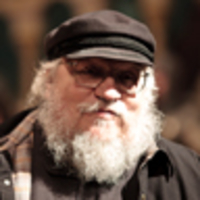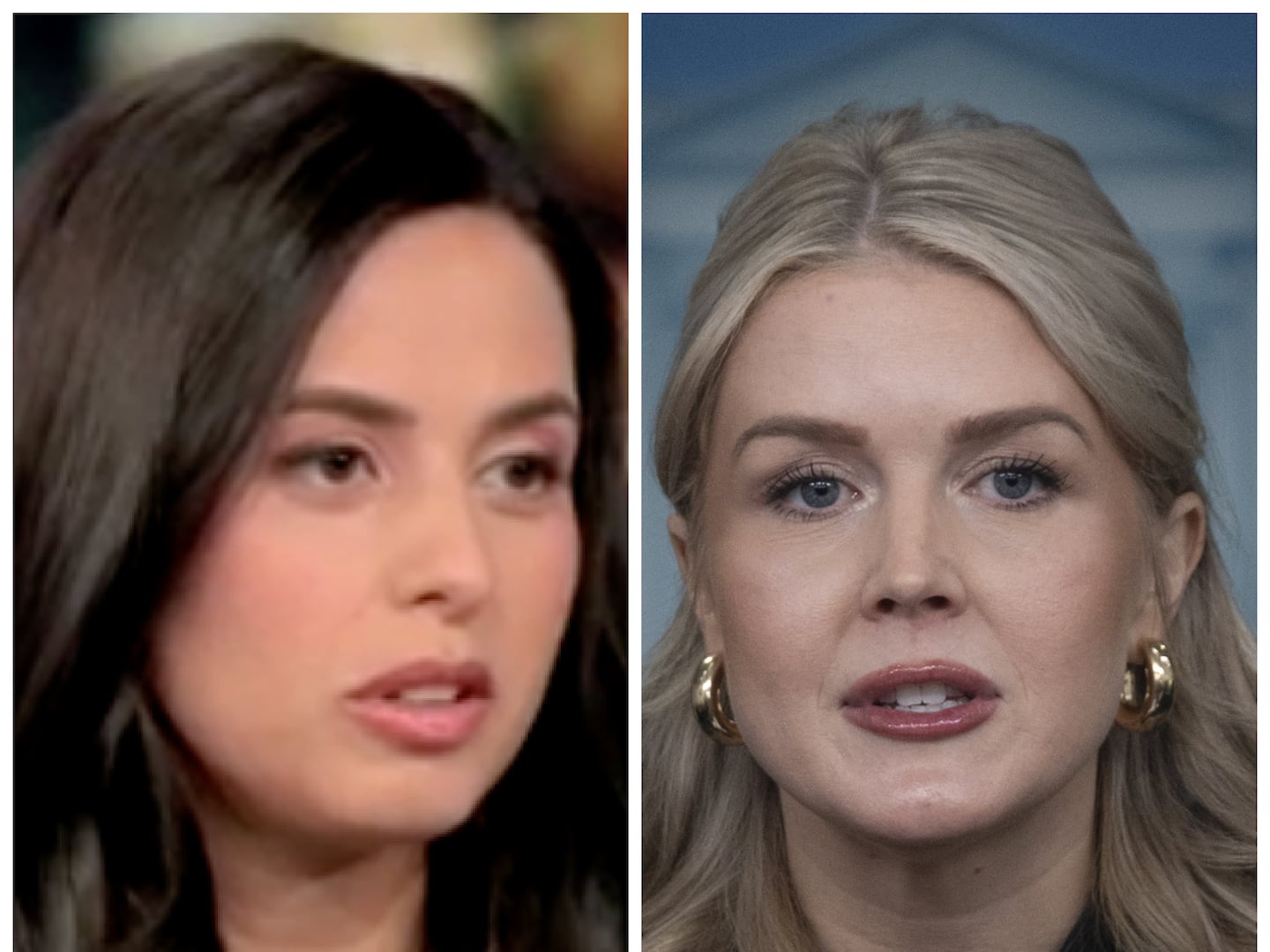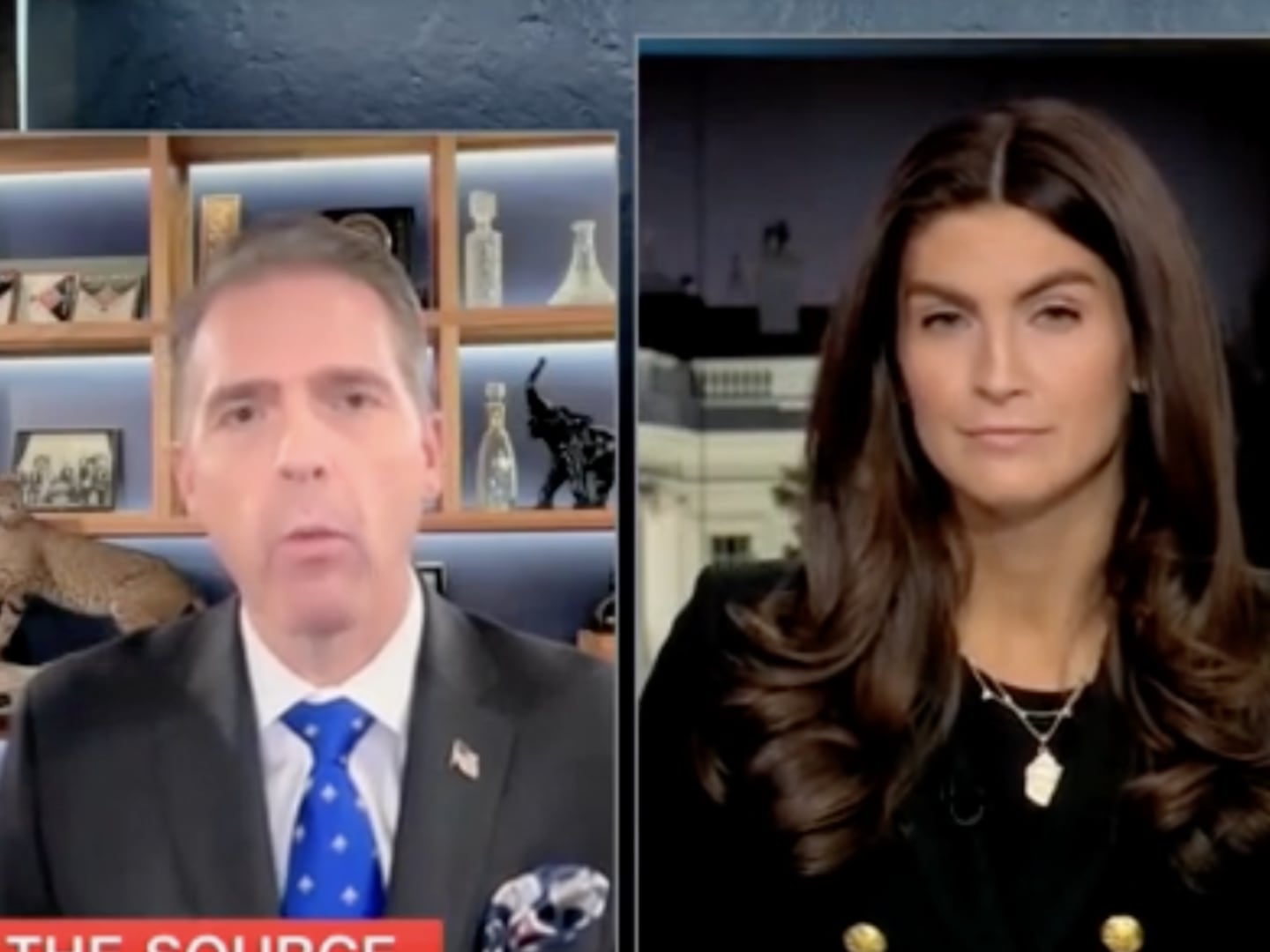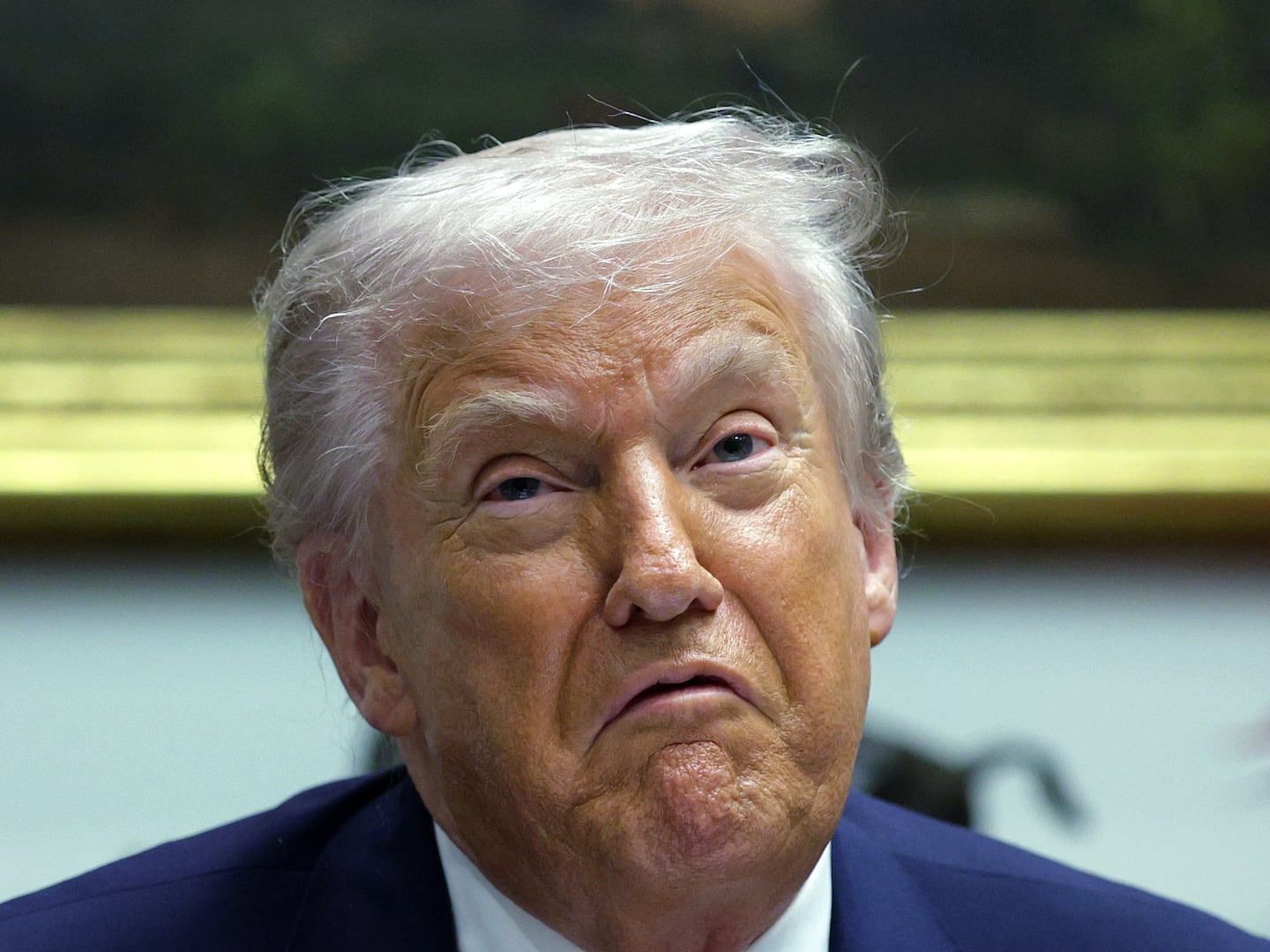1. Fellowship of the Ring/ The Two Towers/ Return of the King
I suppose I could list these as my Top 3, but they are really one long movie (very long if you watch the extended cuts with their extra footage, which are my preferred versions) just as the Tolkien "trilogy" was actually one long novel sliced into three parts by publisher fiat. Lord of the Rings was long thought to be unfilmable, and the various animated attempts from Ralph Bakshi and Rankin-Bass went a long way to proving the truth of that, but Peter Jackson's magnificent epic refuted all the naysayers. Elijah Wood was very good as Frodo and Sean Astin even better as Sam. Viggo Mortensen doesn't fit my own mental image of Strider, but soon won me over all the same. Sean Bean made an amazing Boromir, and Ian McKellan was the perfect Gandalf. The artistry that went into the making of Gollum still astonishes. Yes, they left out Tom Bombadil and the Scouring of the Shire. I missed the latter (the former, not so much). This was as faithful and reverent an adaptation as could ever have been hoped for. If you don't like these films, you don't like fantasy.
2. The Princess Bride (1987)
William Goldman's 1973 novel was a delight, and Rob Reiner's 1987 film version brought it masterfully to the screen. With Goldman handling the adaptation himself, the movie managed to capture all of the book's charm and wit--no easy task. The casting was perfect in this one. Cary Elwes as the Man in Black, the lovely Robin Wright as the beautiful Princess Buttercup, Andre the Giant, Billy Crystal, Peter Falk, and Fred Savage in the framing story (a rather different frame than the one in the novel, where Goldman himself is a character, but it worked wonderfully)… and of course Mandy Patinkin as Inigo Montoya, everyone's favorite swashbuckler. The Man in Black's three duels are each classics in their own way, especially his confrontation with Inigo, which ranks right up with Errol Flynn and Basil Rathbone as one of the great cinematic swordfights of all time. And Goldman's dialogue has never been crisper or funnier. "Why are you smiling?" It would have been inconceivable not to put this one on the list.
3. The Wizard of Oz (1939)
Films don't get much more classic than this. What a cast! Ray Bolger, Bert Lahr, the guy who replaced Buddy Epson as the Tin Woodman whose name I always forget, Margaret Hamilton (never been a better Wicked Witch, never will be), Frank Morgan's avuncular rapscallion of a Wizard (MGM wanted W.C. Fields for the role, which would have been a hoot) and of course Judy Garland as Dorothy (MGM wanted Shirley Temple for that role, which would have been… ah… sweet). And we can't forget her little dog Toto. The music is marvelous, "Somewhere Over the Rainbow" became one of Garland's greatest hits, and numerous lines from the film have become part of our common culture. "Pay no attention to the man behind the curtain." "Follow the yellow brick road." "No one sees the wizard, not no way, not no how." Not to mention flying monkeys, munchkins, and lions and tigers and bears, oh my. As mayor of the munchkin city, I rank this one third.
4. Ladyhawke (1985)
Romantic fantasy done right. Richard Donner directed this 1985 medieval romance from a story and script by Edward Khmara. Rutger Hauer and Michelle Pfeiffer starred as the star-crossed lovers, cursed so they can only share a few brief moments together at dawn and dusk; she turns into a hawk during the day, and he transforms into a wolf by night. Both are at their best and most beautiful in this one. Matthew Broderick also excels as the thief Mouse. Haunting, evocative, sweet and sad and magical, Ladyhawke was beautifully acted, directed, and shot… and then nearly ruined by one of the worst scores ever put on film, a mess that attempted to combine the cheesy '80s sound of the Alan Parsons Project with Gregorian chants and music from the London Philharmonic. If only there was a way to turn off the soundtrack and still hear the dialogue… if only there was a way to convince someone to re-release this film with a brand new score.
5. Dragonslayer (1981)
This underrated 1981 fantasy was a co-production between Disney and Paramount, but it ranks well above most of Disney's live action from the period. It's surprisingly dark, and delivers some nice twists and turns along the way. Vermithrax Perjorative is the best dragon ever put on film (the dragons in Reign of Fire are a close second) and has the coolest dragon name as well. Ralph Richardson ranks right up there with Frank Morgan as Best Film Wizard of All Time (Until Ian McKellan Put on the Pointy Hat). I especially loved his first words when he comes back from the dead. Peter MacNichol stars as Galen, an impressively earnest, blotchy, and incompetent sorcerer's apprentice. There's also a beautiful, brave, noble princess, who gets eaten by baby dragons after making us believe she's Galen's love interest. The real love interest, Caitlin Clarke, spends most of the film pretending to be a boy, a bit of gender-bending one would never have expected from Disney. The film's bad guys are painted in shades of gray; from where they sit, they're the heroes, doing what has to be done to save the land. Even Vermithrax has believable motives. Matthews Robbins directed; Robbins and Hal Barwood wrote. Do NOT confuse this one with the much inferior Dragonheart.
6. Monty Python and the Holy Grail (1975)
The frightening thing about Holy Grail is that it may very well be the best version of the Matter of Britain ever put on film. King Arthur has not been well served by the movies, I fear. Yes, yes, there's John Boorman's Excalibur, a flawed film with with some great parts. Beyond that and Holy Grail, what do we have? Knights of the Round Table (some gorgeous spectacle, but a ham-handed script--the Timpo toy knights issued as tie-ins to the film were better than the movie), Prince Valiant (I liked the Singing Sword, and those pigskins full of boiling oil, but it's hard to get past Robert Wagner's wig), First Knight (gag), King Arthur (yes, let's just let all the Saxons through Hadrian's Wall and fight them on the other side, what a clever tactic)…. I do have a certain fondness for the film version of Camelot, but only because I never got to see the stage play. But back to Holy Grail. Back to Brave Sir Robin. The Black Knight. The Knights Who Say Ni. The Frenchman on the ramparts. The Holy Hand Grenade of Antioch. Castle Anthrax. Coconuts. (They still sell coconuts at Castle Doune in Scotland, where much of Holy Grail was filmed). What more do I need to say? Let's go to Camelot! Yes, it is a silly place, but that's what I love about it.
7. Dark City (1998)
Disturbing, twisted, and strangely beautiful, this Alex Proyas masterpiece is a hard film to categorize. I could have put it on my list of the top 10 science-fiction films just as easily. Or on a list of top 10 horror films. It would not even be out of place on a list of the finest noir films. They don't get much more noir than this. In the end, though, it feels most like fantasy to me. Proyas wrote (with Lem Dobbs and David Goyer) and directed Dark City. The cast includes Rufus Sewell, William Hurt, Kiefer Sutherland, and Jennifer Connelly, all of whom turn in fine performances. We even get appearances by Riff Raff (Richard O'Brien) and the Gyro Captain (Bruce Spence) in minor roles. But the visuals are the real stars. I missed Dark City in theaters when it first came out in 1998, and only caught it later on television. My loss. This must have been amazing on the big screen. Grotesque, gothick, and utterly engrossing.
8. Pan's Labyrinth (2006)
Fascist Spain meets Faerie in this grim and gritty tour de force by writer/director Guillermo del Toro. Some terrific performances in this one: Sergi Lopez as the authoritarian, sadistic Capitan Vidal, Maribel Verdu as the housekeeper (and rebel spy) Mercedes, and young Ivana Baquero as the Capitan's dreamy stepdaughter Ofelia… but it is the creatures of the labyrinth and fairy world who make this film so memorable. Del Toro's visual style is as vivid and disturbing as it is unique. His fairies are about as far from Tinkerbell as one can get, his faun is a creature like none we have ever seen before, and his eyeless "Pale Man" would fit right in with some of Clive Barker's friends. Part fantasy, part political thriller, and part domestic drama, Pan's Labyrinth weaves its three threads together seamlessly; each storyline deepens and enriches the others. I might actually have ranked this film higher on the list, except for a sneaking suspicion that it may not be fantasy at all. You can easily interpret everything that Ofelia sees, hears, and experiences in the labyrinth as the dreams and delusions of a troubled young girl. In which case, this becomes a study of madness…
9. Beauty and the Beast (1946)
No, not the animated film from Disney. (And not the CBS series I worked on back in the '80s either.) The 1946 French version, perhaps better known by its original French title, La belle et la bête. Written and directed by the legendary Jean Cocteau, this classic remains the definitive take on the tale, and helped to inspire Ron Koslow when he created his television version. In an era when depicting actual blood on screen was frowned upon, Cocteau had the Beast's hands smoke whenever he returned from a hunt, a lovely and poetic image that remains powerful today. The Beast's spooky castle, with human arms poking from the walls to grasp torches, lingers in the memory as well. And Jean Marais makes a great Beast. Second only to Ron Perlman as Vincent, I'd say, but then, I'm prejudiced.
10. Raiders of the Lost Ark (1981)
Yes, of course it's a fantasy film. Unless you believe that the Ark of the Covenant really does have the power to melt Nazis. All of the Indiana Jones films have their moments (well, except for the last one, maybe), but Raiders stands head and shoulders above the rest. Lawrence Kasdan's screenplay was much stronger than any of the sequels, the concept was fresher, and Harrison Ford actually seemed to be having a good time playing Indy. The scene where our hero faces the scimitar-wielding bad guy with all the flashy moves, draws his gun, and blows him away was so sudden, unexpected, and delightful that audiences seeing it for the first time always went wild. But there were plenty of other great moments, too. Drinking contests with sherpas. "Snakes. Why did it have to be snakes?" Indy taking out that entire convoy full of Nazis, one by one by one. And of course the climactic opening of the Ark. The later Indiana Jones movies have rehashed so much of this that it is now hard to recall how fresh and exciting these sequences once were. None of sequel villains could match the urbane French archeologist Belloq (Rene Freeman), that sinister Peter Lorre-ish hench-Nazi (Ronald Lacey), or that treacherous little bastard of a monkey. None of Indy's later sidekicks was as good as John Rhys-Davies as Sallah. The biggest difference, though, was the female lead. Karen Allen was wonderful as Marion Ravenwood. She was the yin to Indy's yang, the pepper to his salt, and the chemistry between them was palpable. The leading ladies in the sequels were utterly forgettable in comparison. Indeed, I've forgotten most of them.
Honorable Mentions
"Fantasy" covers a lot of ground. Going into this, I decided I had better exclude all animated films. Otherwise the list might well have been dominated by Disney's classic retellings of time-honored fairy tales: Snow White, Sleeping Beauty, Pinocchio, and The Little Mermaid. I also excluded horror films, which deserve a list all their own. Also, while I love the old Universal monster movies, they're difficult to categorize. Frankenstein and Bride of Frankenstein are arguably science fiction, while Dracula and The Wolfman are either fantasy or horror… but what do you do when Frankenstein meets the Wolfman? Or when the both of them cross paths with Abbott and Costello? Legend and Labyrinth both have a lot of admirers among fantasy fans, some in my own house. The latter is stronger than the former, I think, but neither impressed me enough to make my list. Then there's Willow. Sorry, no. Yes, I liked Val Kilmer as Mad Martigan, but that's about it. Willow set filmed fantasy back 20 years.
These days "fantasy" is most often associated with the epic fantasy of J.R.R. Tolkien and the writers who have followed in his tradition, or perhaps the sword and sorcery of Robert E. Howard and his tradition. But fantasy is broader than that. The fantasies of Thorne Smith are little read today, but were once very popular, and the 1937 film version of Topper (with Cary Grant) almost made my list. The same is true for Harvey, the gentle, whimsical 1950 film, based on a popular stage play, starring Jimmy Stewart and a giant invisible rabbit. I mentioned Excalibur earlier. There's much to admire about John Boorman's film. The visuals are a feast for the eyes, and the movie includes some wonderful performances. But Nigel Terry has to be the least charismatic King Arthur in film history, pouting his way from start to finish, and the film tries to cram in too many different aspects of Arthurian legend, and does justice to none of them. Some studio really needs to step up and film the definitive modern treatment of the Matter of Britain, T.H. White's The Once and Future King. And not as a cartoon (Disney's The Sword in the Stone) or a musical (Camelot) either. White's trilogy deserves to be done as three films, the way Peter Jackson did Lord of the Rings.
Plus: Check out the rest of our Game of Thrones coverage.
Author George R.R. Martin—born September 20, 1948 in Bayonne, New Jersey—has written numerous novels, short story collections, and television shows. His best-selling series of books, A Song of Ice and Fire, is the basis for HBO's new show Game of Thrones. Martin's present home is Santa Fe, New Mexico.






